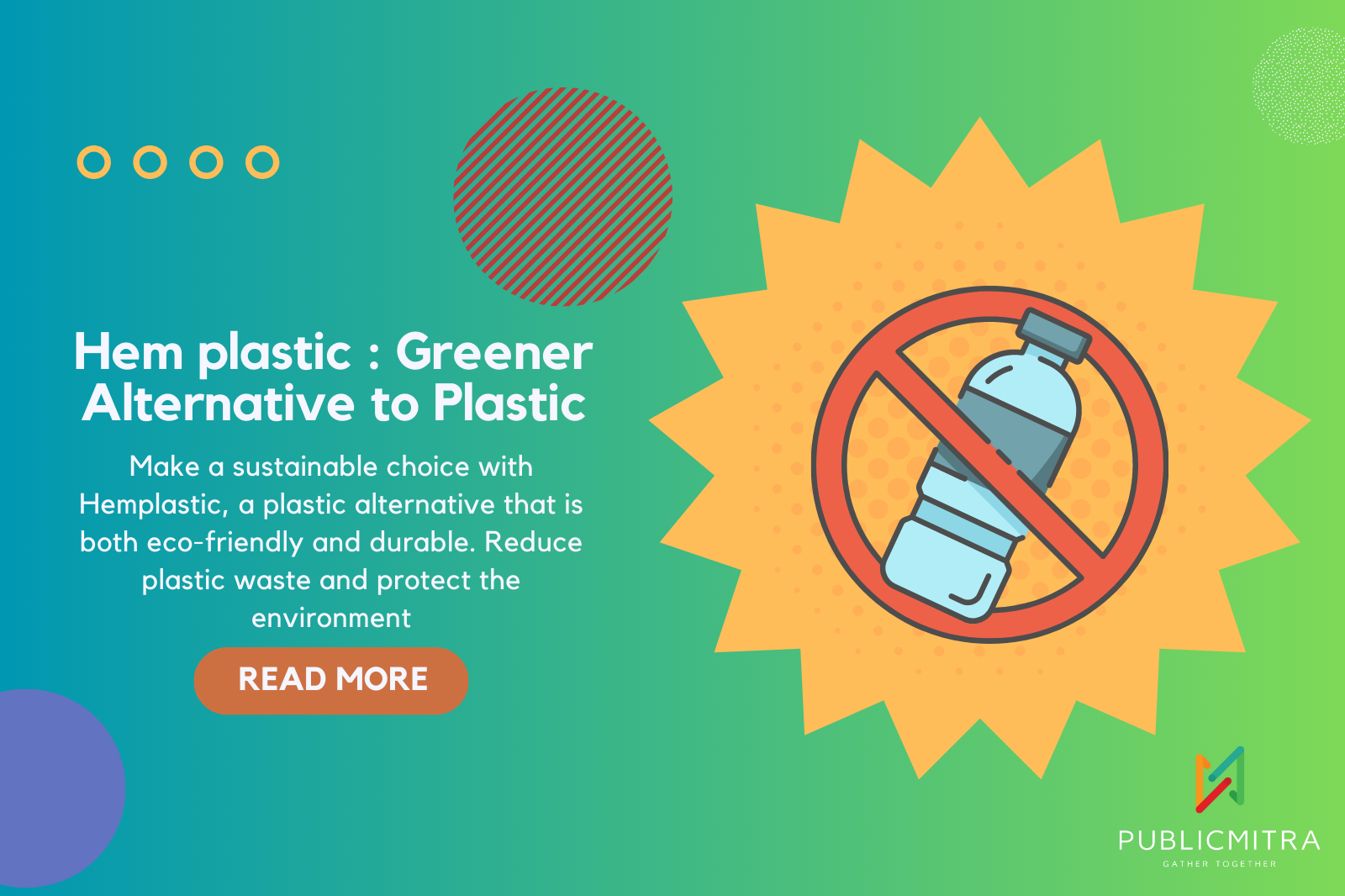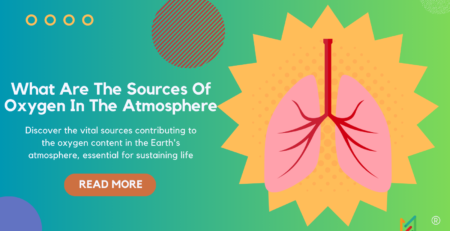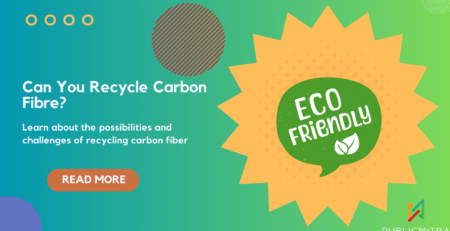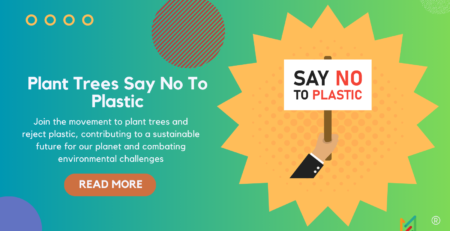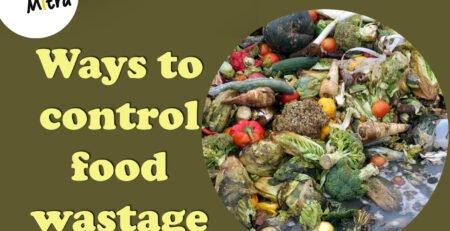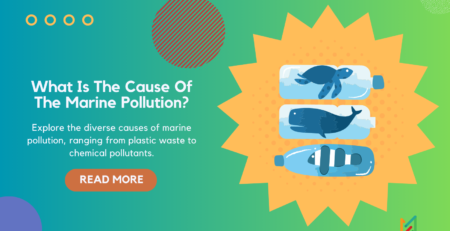Hemplastic: A Sustainable Alternative For Plastic
Hemplastic: A Sustainable Alternative For Plastic
Our world is looking at the face of an unprecedented crisis. Some of us have already seen its ugly truth, and some have even felt its power of destruction. Yet, as a collective society, we are often forced to overlook the magnitude of the impending disaster. This is mainly due to humankind’s irreplaceable dependence on some materials, or so we would like to think.
Human developments over the years demanded an inordinate amount of energy. Every house constructed, every bridge built, every vehicle made, and everything humans created and continue to use requires energy. Over the last few centuries, this need has almost entirely derived from fossil fuels. This over-dependence on fossil fuels doesn’t come without a price. Every stage of fossil fuel production and its consumption releases huge amounts of carbon emissions into the atmosphere. This unsustainable pattern of development has caused the accumulation of greenhouse gases in our atmosphere.
However, human dependence on fossil fuels has not been just limited to our need for energy and this has become a double-edged sword. While on one side we face global warming, and climate change due to carbon emissions, on the other side, we have the MENACE of petroleum-based plastic and its products, which in turn act as a catalyst to the problems posed by fossil fuel consumption.
Plastic is one of the most used materials in the world and a major issue humans face today. The adaptability and versatility of plastic make it suitable for an infinite number of applications, ranging from food wraps to motorbikes and from pencils to fighter jets. Besides that, plastic is also widely accepted because of its manufacturing cost as it is considerably cheap when compared to manufacturing products with other materials. Hence, making it a suitable and convenient material in the manufacturing industry.
Thus, over the years, human beings’ reliance on plastic has increased drastically, leading to the accumulation of this non-biodegradable synthetic material.
There is no denying that plastic is an advantageous and versatile material. However, the wide usage of this synthetic material has come with a severe downside. Products made from plastic take hundreds of years to break down and decompose. This means that plastic and its products that have filled the planet with tonnes of garbage are going nowhere for the next many years.
The production, disposal, and recycling throughout the lifecycle of plastic contribute to carbon emissions and in turn climate change. Its endurance towards environmental degradation is also quite overwhelming. Every piece of plastic ever produced, which is not recycled, still exists on this planet.
Plastic usually finds its way into landfills and oceans, releasing microplastics into our land, water, and air. According to some estimates, there are around 2 million plastic particles per square mile. It is consumed by all the organisms on this planet and has thus entered our food chain. The traces of microplastic found in the Marianna trench point to the alarming presence of plastics wherever we go.
Our over-dependence and the incapacity to replace or reduce oil-based plastic are rooted in the belief that there are no alternatives available. We think it is impossible to find an alternative to plastic that is as flexible, moldable, and durable as plastic while being environment-friendly. However, this isn’t the reality.
Made from non-toxic biodegradable plant fibre and cellulose, sustainable alternatives for plastic, known as bioplastics do exist. One of the major bioplastic alternatives is hemp plastic, the only plastic that is 100% biodegradable if produced only using hemp plants.
It’d be surprising to note that several types of hemp plastics are already in use today. They include hemp cellulose, hemp cellophane, hemp celluloid, composite hemp plastic, etc. The high yield of cellulose in hemp, around 70 to 80%, makes it a promising crop to produce sustainable bioplastics. These plastics are strong yet versatile.
Hemp has the capability to grow in abundance with lesser effort while being recyclable, thus making it an excellent source of bioplastic material that can be used for industrial purposes. It also has a very short decomposition period, which is usually less than a year. Despite their fast decomposition cycle, they are much stronger and more durable than traditional plastics. In addition to that, hemp plastic is also known to be stronger than regular steel and is also highly flexible.
Embracing hemp bioplastic not only reduces environmental pollution caused by traditional plastic, but since it is produced from plants, the process of growing hemp itself helps reduce the carbon dioxide from our atmosphere. The cultivation of hemp requires very little water compared to other crops like cotton and does not require chemical fertilizers or pesticides, and an acre of hemp absorbs 4 times more carbon dioxide than the same area of forest. Hemp also helps in restoring the quality of the soil in which they are planted and its deep root system pulls up even heavy metal elements from deep under the soil.
Though bioplastic made from hemp can be moulded into any form like traditional plastic and are a thousand times more biodegradable, the legislation against cannabis cultivation in most parts of the world remains a hindrance to its global acceptance. The world purchases about 1 million plastic bottles every minute, and each of those discarded bottles takes up to 1000 years to decompose. Hemp plastic, on the other hand, can take as little as six months to decompose and can be recycled indefinitely. Hemp plastic is non-toxic, making it safe to store food and liquids.
In our fight against the menace of plastic and fossil fuel, the use of bioplastic, mainly hemp plastic is only one step of many. It is not an ultimate solution for all the problems of our environment, but rather a much-needed step in the right direction. Hemp contains all the desired characteristics required to create a sustainable replacement for petroleum-based plastic.
However, it comes with challenges that are not essentially related to growth and production alone but are closely related to our attitude as well. We may choose to ignore the warnings and continue to use petroleum-based plastics that are causing irreparable damage to our planet. Or we may, as a society, embrace other sustainable alternatives, of which hemp plastic could be a suitable choice because we no longer lack better alternatives as we would like to believe. And hence, the opportunity to get rid of toxic petroleum-based plastics and heal our planet is not lost yet.


